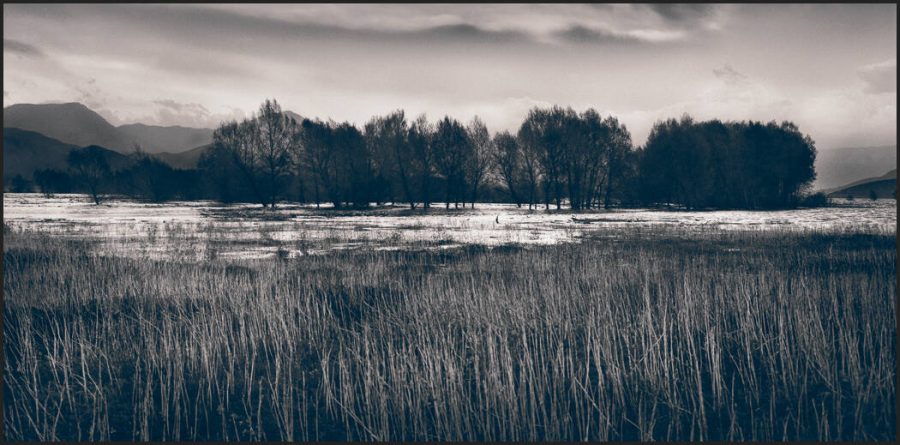Tinting photos is simply taking a color tone based on chemicals, as I showed in the Recent Emulsion 4.2 update, or based on the film, color temperature, etc. We’ve been doing this since the beginning of photography.
You should tint photos in color not just black and white!
Tinting photos can be all manual or you can use tools like my Emusion 4 actions, Silver 5 presets, and Belladonna.
Don’t limit yourself to photo tinting and editing.
If you’ve been to my Shadow Hackers workshop you have an understanding of how our contrast is created by shadows and tone values, not sliders.
Whether you control it or the camera, you’re getting tinted. You don’t have to over-edit. When a viewer sees your image, they don’t need to think. They’re tinting this, or… that’s a platinum look. The photo just is and should be balanced.
But that does not mean leaving everything plain and flat. Don’t over-edit, but remember your photo tinting, your process, and your chemical look just like from the darkroom. These are subjective and your choice. So play around and make magic happen.

There are no natural photos. Really!
Every photo we take is an interpretation of what we saw. Our eyes don’t even see the same thing.
We can take real photos in the sense that the skies are real, and faces real, not AI-generated. Real moments matter. But color and tone were always a matter of p[erstive, film type, paper type, chemical, and now sensor style, raw converter, etc.

I chuckle when they say their photos are straight out of the camera.
The camera applied a preset. It’s no more or less real than when we have more control and add that presets in Lightroom. Even LR vs. C1 renders the raw file totally differently and that “straight out of camera look” is not the same in either one.
This purist SOOC idea is not a real thing. Either the camera software applied a color grade, photo tinting, contrast etc, or you did. Even when you shoot film, the emulsion you choose changes how the tint and tone will look.

Find what you felt in photo tinting.
A visualization is really finding the look you felt when you took the photo. There are many ways to get there and yes you can over edit and over cook a photo.
This is one reason I love organic feeling tools like Filmist or a platinum look from Emulsion actions. Because they are based on real orgaic darkroom photography they give me a way to go all in on an edit but stay grounded.
But in the end, you decide. I can take this portrait and leave a POrtra 400 look, or I can make a selenium black and white, or I can mix it all up and make a color with a selenium process like this. None are wrong and all look good.
Let me know what you think in the comments and try these photo tinting ideas yourself with the concepts of hunting shadows in mind and watch magic unfold.
Gavin Seim


